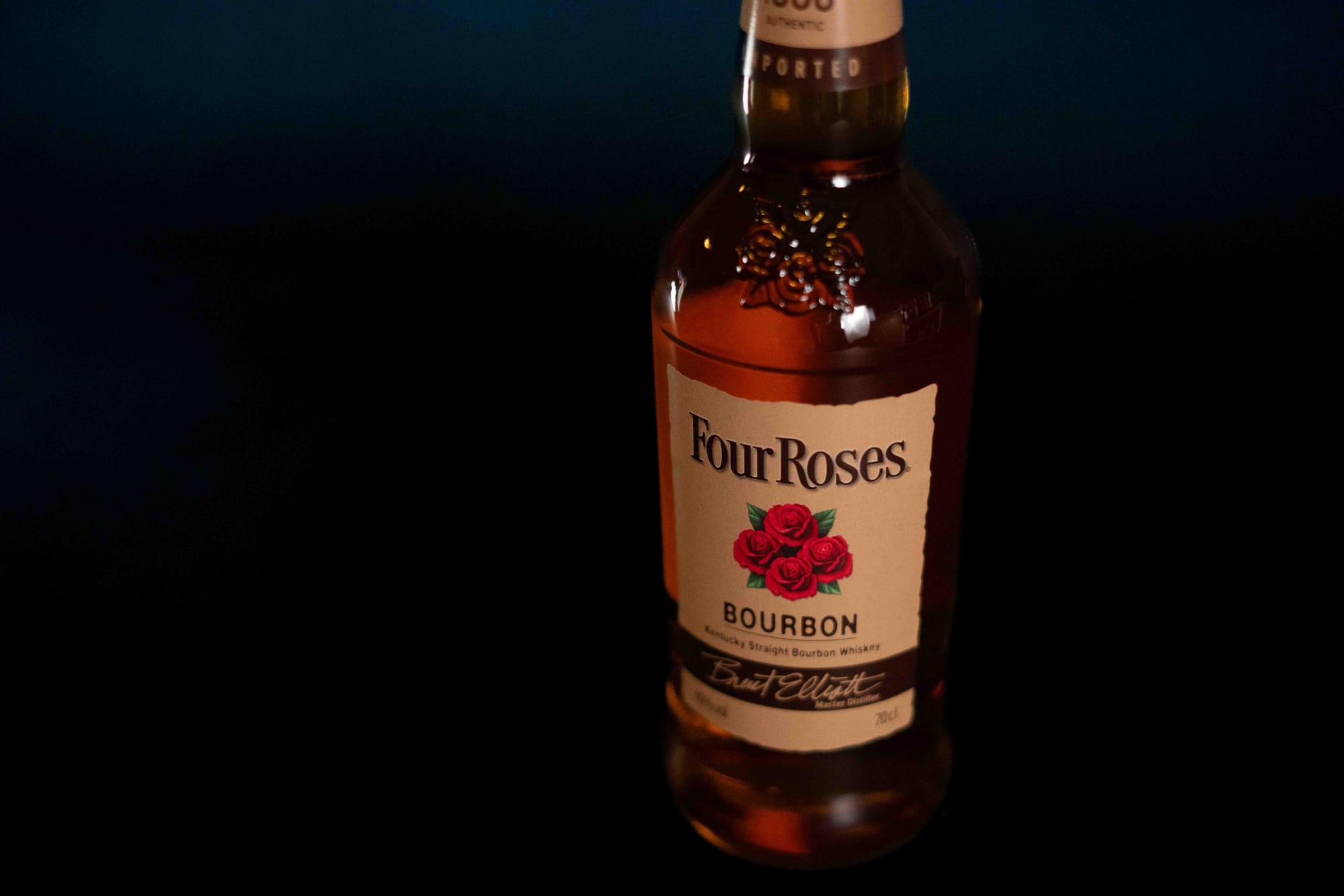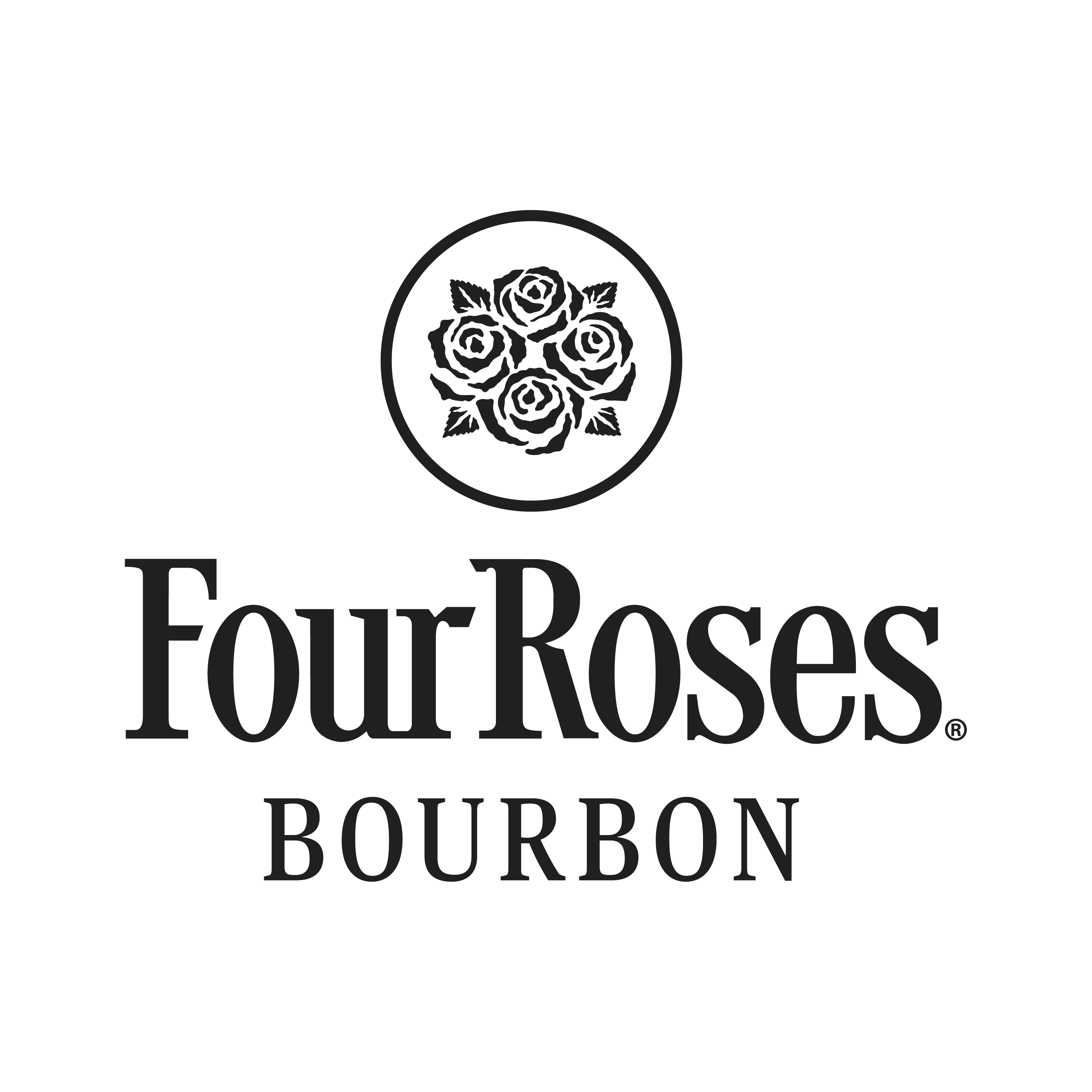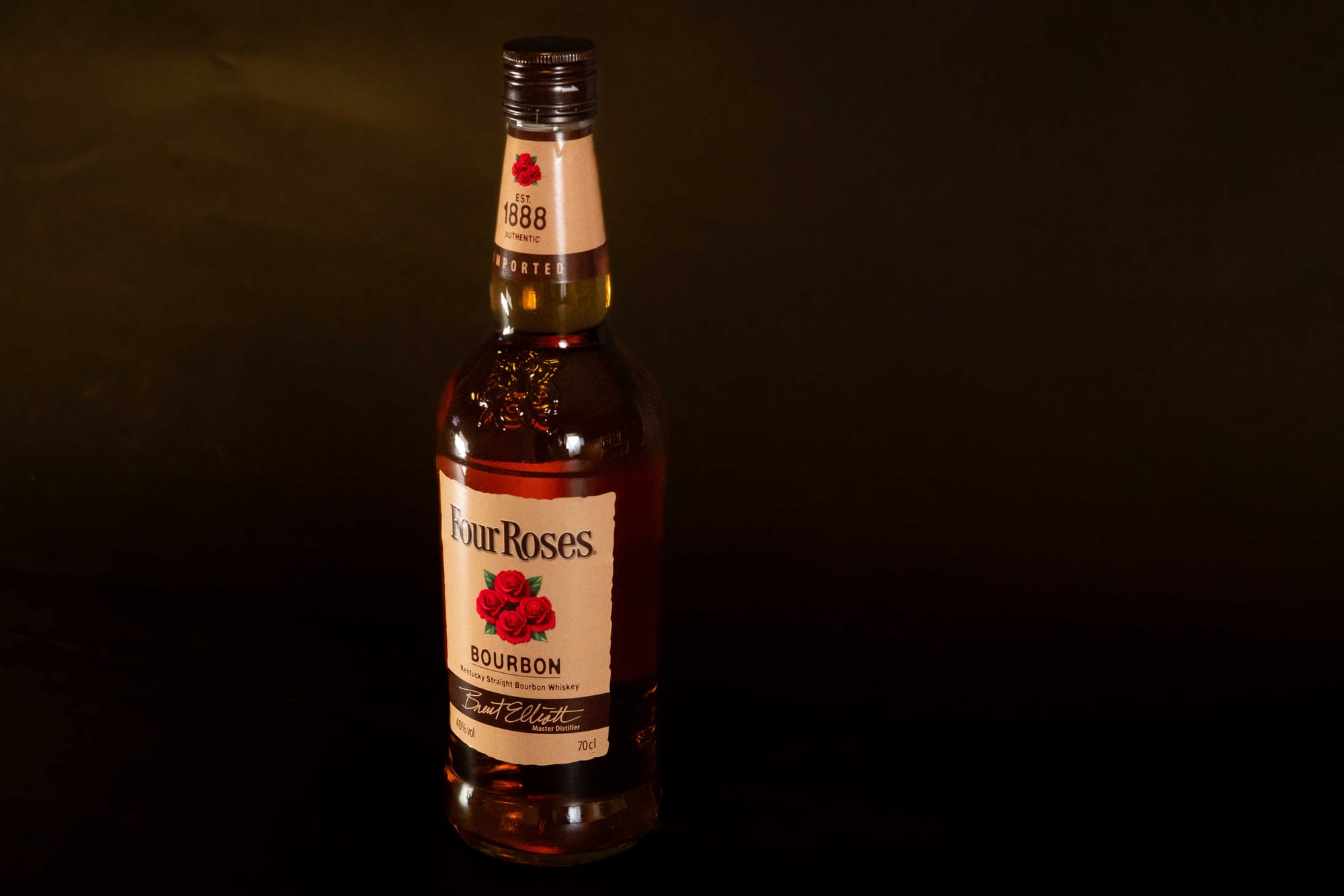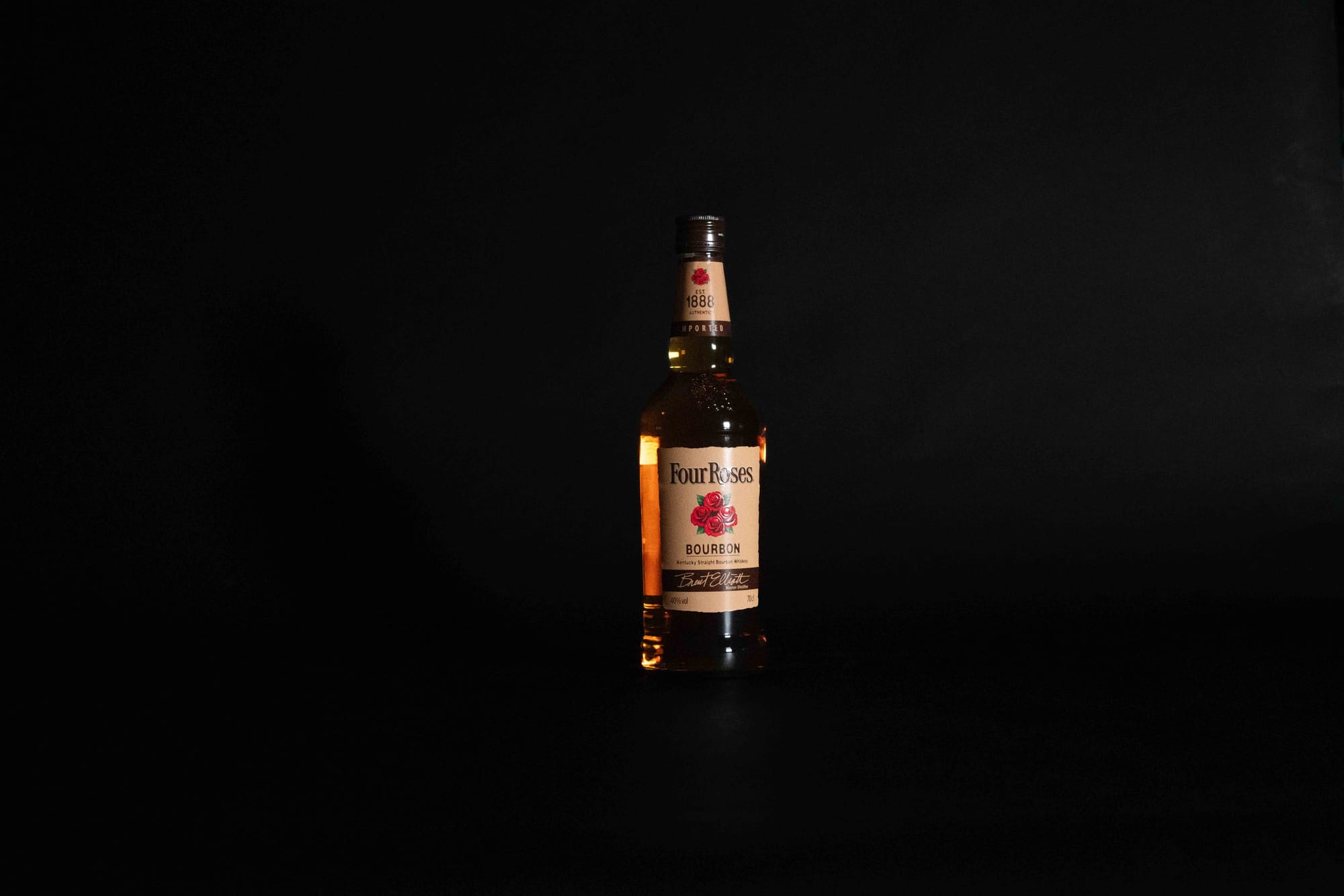WTF is Four Roses Bourbon? How it’s made, what makes it unique and more
Get a look at what makes Four Roses so sought after by bartenders.


The first time I tasted Four Roses Bourbon, the world of American whiskey was still a pretty new thing to me and, I suspect, a lot of other bartenders at the time. That’s because this was just before a burst of enthusiasm for bourbon and all thing Americana.
It was — if my memory serves me correctly — at Shady Pines Saloon in its early days that I first tasted the stuff, richer and fuller in flavour than what I knew of other bourbons at the time. It was something we could’t find anywhere else, because back in 2010, you couldn’t find a bar like Shady Pines anywhere else.
It was one of those bourbons which any bartender I knew either liked or loved, at home in the cocktail shaker or served short and sharp and quick.
So the recent news that bartenders will be able to get access to Four Roses more easily, thanks to Vanguard Luxury Brands adding it to their regular portfolio, is welcome news — and a useful occasion for me to reacquaint myself with the liquid.
Below, get a brief look at the history behind the brand, find out what about its production process makes it unique, and more.
Four Roses Bourbon by the numbers
10 — the total recipes made by combining 5 proprietary yeast strains, with the two distinct mash bills at use at Four Roses.
4 — obviously, the number of roses on the corsage the future wife of Paul Jones Jr, founder of Four Roses — you can get the story on the back label. (Whether the story is true, or not, I suppose depends on who is going the telling.)
1888 — Four Roses is trademarked by Paul Jones Jr, with claims production as far back as the 1860s. This is done in Atlanta — a few years later, he moves the business to Kentucky.
2002 — the distillery was purchased from Seagrams by Kirin; they reintroduce the brand into the US market for the first time in some 50 or so years.
480,000 — the number of barrels in maturation as of April 2023.
2015 — Jim Rutledge, responsible for renewing the life of the Four Roses brand and getting it back into the mouths of American drinkers, retires as master distiller. His colleague, Brent Elliott — who worked with Rutledge for 10 years — is named as the new master distiller. Today, you can find his signature on each bottle of Four Roses.

A (very) brief history
The Four Roses was established in 1888, when Paul Jones Jr trademarked the brand in Atlanta, according to bourbon writer Charles Cowdery. He then moves the brand to Kentucky a few years later.
Paul Jones Jr dies in 1895, with the company being taken over by his nephew, Lawrence Lavelle Jones. In the early 1900s, the Paul Jones Company and some other distillers formed the Frankfort Distilling Co., before the Paul Jones Company purchased it and its Old Prentice Distillery in 1922 — picking up the rights to market Four Roses as medicine through the years of Prohibition.
In 1943, Seagram buys Frankfort Distilling Co. to pick up the Four Roses brand, pushes it internationally, and by the late 1950s had stopped selling Four Roses as a straight bourbon in the US, instead using the distillery for whiskey blends, while exporting Four Roses as Kentucky Straight Bourbon to Europe and Asia.
The Old Prentice Distillery was where Four Roses was distilled, and changed its name to the Four Roses Distillery in 1986. One year later, the Four Roses Distillery is listed in the National Register of Historic Places.
When Japanese firm Kirin bought the brand in 2002, they reintroduced Four Roses to the US as proper, Kentucky straight bourbon.

Where is Four Roses made?
Four Roses is made at the Four Roses Distillery on the banks of Salt River in Lawrenceburg, Kentucky.
How is Four Roses Bourbon made?
Four Roses Bourbon is the product of the processes at the distillery — and a minimum of five years ageing in their single story rackhouse.
What makes Four Roses unique, however, is the way they produce the new make that will eventually become bourbon.
They employ two mash bills, for a start: one, called Mash Bill B, is a mix of 60 percent corn, 35 percent rye, and 5 percent barley.
The second mash bill they use is called Mash Bill E, and is a mix of 75 percent corn, 20 percent rye, and 5 percent barley.
Next, whereas many distilleries might have a proprietary yeast strain they use to get a distinctive character to their spirit, at Four Roses they use no fewer than five distinct proprietary yeast strains, each of which brings out a particular character to the spirit: delicate fruit; slight ; rich fruit; floral essence; or, herbal notes.
Each of the 10 spirits produced by Four Roses are aged in their rackhouses, with a combination of the 10 present in the standard Four Roses Bourbon expression.
The distillery has 48 fermenters, two beer stills and two doublers for distillation.
The maturation takes place at Cox ’s Creek, about an hour away from Lawrenceburg, where they have 25 single story rackhouses holding around 24,000 barrels each. The fact the rackhouses are less vertical than other brands means that the temperature variation — in casks at the top of the rackhouse to those at the bottom — is considerably smaller.
The regular expression of Four Roses Bourbon is aged for a minimum of five years.
Tasting notes
What they say:
Nose: fruit, floral essences, gentle spice and honey.
Palate: crisp, soft and smooth, fresh fruit, hints of pear and apple.
Finish: mellow, long and pleasant.
What we say:
Nose: lifted, big aromas of fruit — apples — and some light floral notes, peanut shells perhaps (or is that just a sense memory thing from Shady Pines Saloon many moons ago?). There’s complexity here.
Palate: Big mouthfeel, full flavoured, ut without the harshness; there’s apples, butterscotch, a light oaky spice thing, rather moreish.
Finish: And look at that finish — a seriously long finish, equal parts fruity, warming, spice, lingering. Really tasty stuff.
You can get your hands on Four Roses now through Vanguard Luxury Brands.
Further reading



